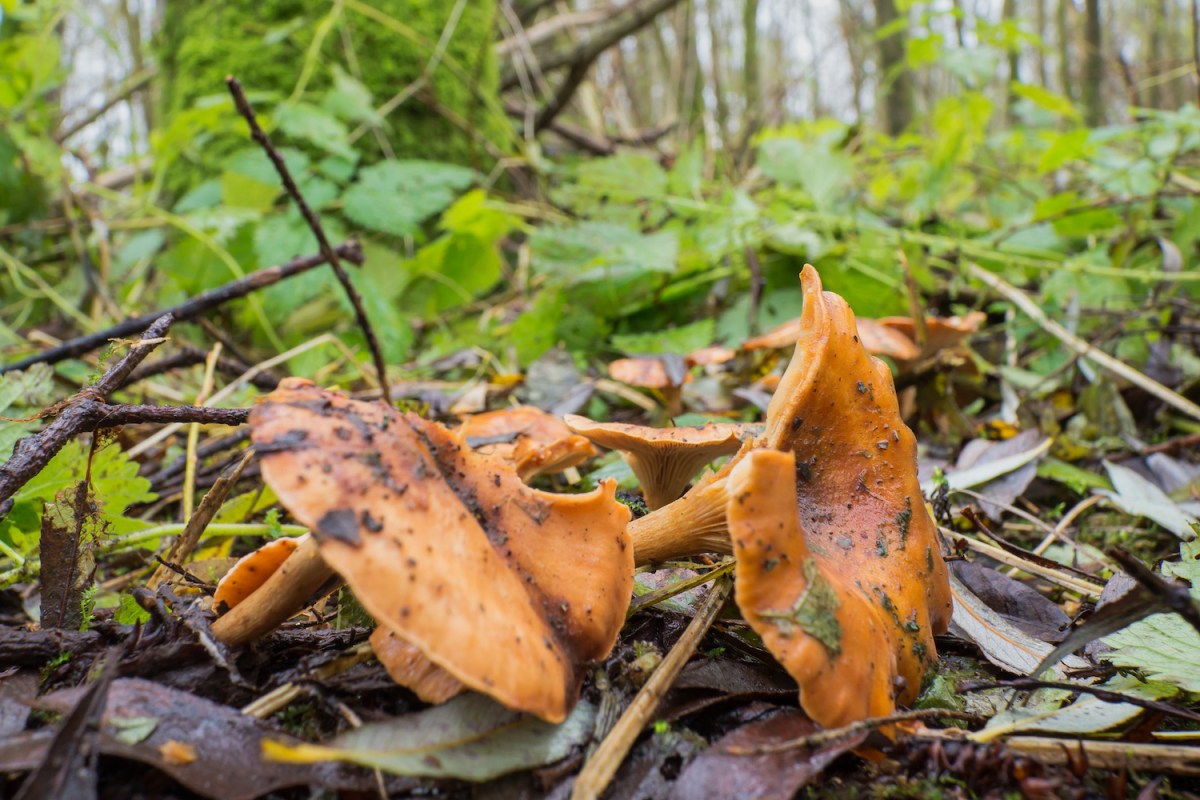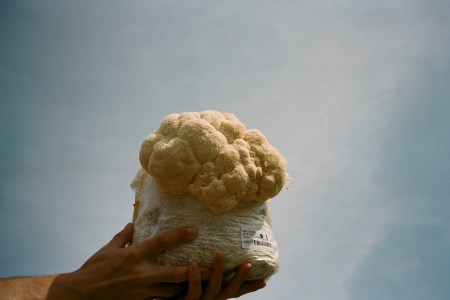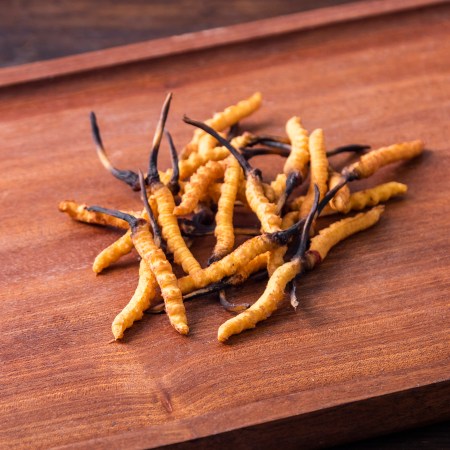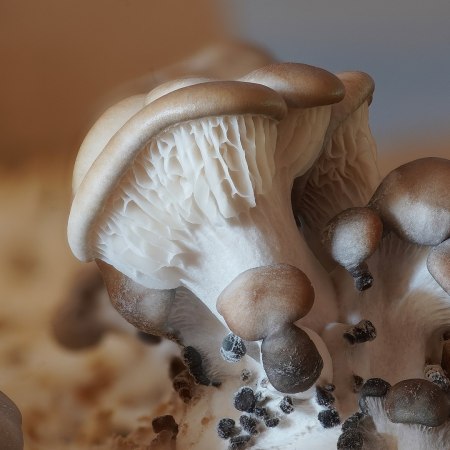California typically experiences a rainy season in January and February, which makes those two months the height of wild mushroom season in the state. But this year, the rain started in September and has continued to fall well into March, and these consistently damp conditions have created a “once-in-a-generation shroom boom,” according to experts cited by The Guardian. Large numbers of enthusiasts are heading west to forage California’s mushroom bounty for both culinary and medicinal purposes. And it’s giving researchers a chance to study species that don’t typically reach the surface.
Fungi are generally more difficult to examine because the fruit, what we see above ground, might only be visible for a short period of time when conditions are prime for reproducing. Mycologist and author Noah Siegel told The Guardian that likely half of the mushrooms in southern California are undescribed for this reason. To help with cataloging the mushrooms, Fungal Diversity Survey (FunDis) recruits mushroom hunters from around California to make documented collections of the fungi, which are then dried and sampled for DNA sequencing. The specimens are then given to research collections at California State University East Bay and UCLA.
How a Brooklyn-Based Company is Revolutionizing Mushroom Farming — And Why It’s the Perfect Moment
Mushrooms are sustainable, satiating and sapotrophic. A buzzy lab called Smallhold is making sure they finally get their due.So what are mushroom foragers finding in California right now? The highly sought-after golden chanterelle has been abundant, as well as the edible candy cap, which is often used as a flavoring agent when cooking. The beautiful turkey tail has also been popping up, which is taken as a supplement to boost immune function. Although toxic, the bioluminescent jack-o’-lantern mushroom produces a green glow and is fun to look at, even though you certainly don’t want to eat it.
Even if California is blessed with robust rain next year, that doesn’t mean that 2024’s wild fungi season will be as fruitful. “If you got this amount of rain next year, you wouldn’t get so much — because superbloom years use up the mushroom’s energy to fruit that much,” Siegel told The Guardian article. “The following year might be good, but not knock-your-socks-off amazing.”
So if you’re a mushroom enthusiast and have plans to be out west in the very near future, get out there and forage before the season dries up.
Every Thursday, our resident experts see to it that you’re up to date on the latest from the world of drinks. Trend reports, bottle reviews, cocktail recipes and more. Sign up for THE SPILL now.


















